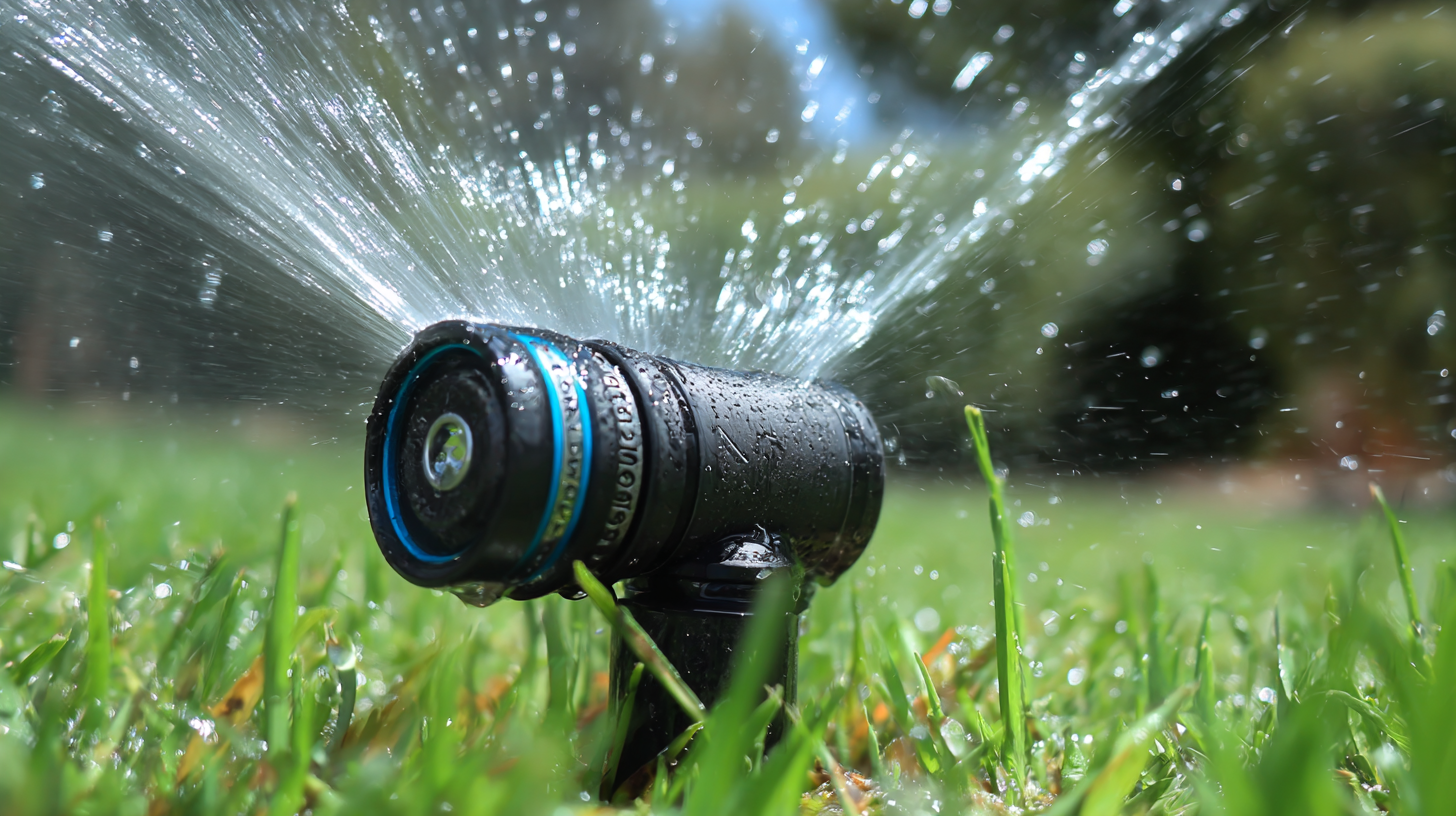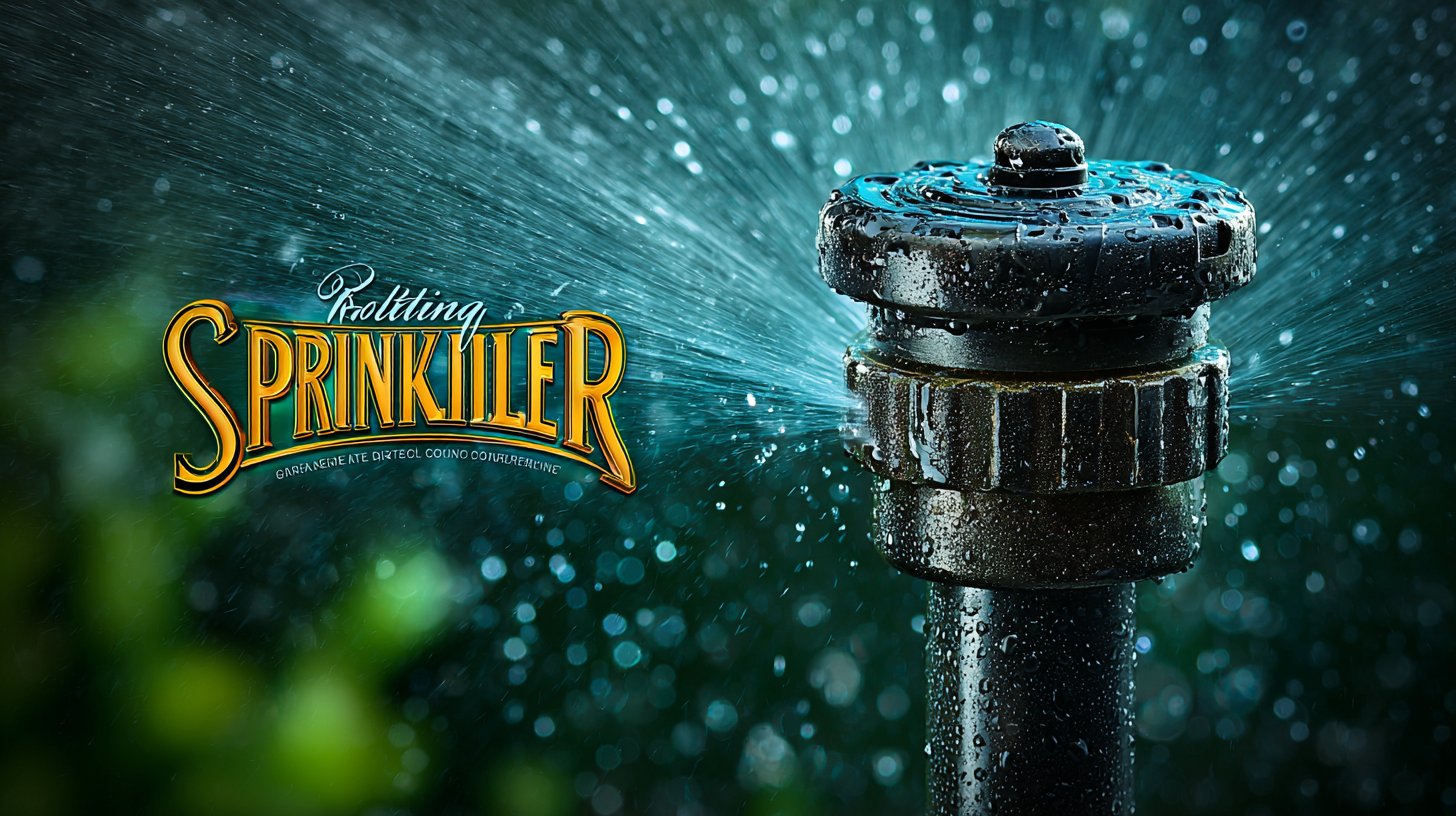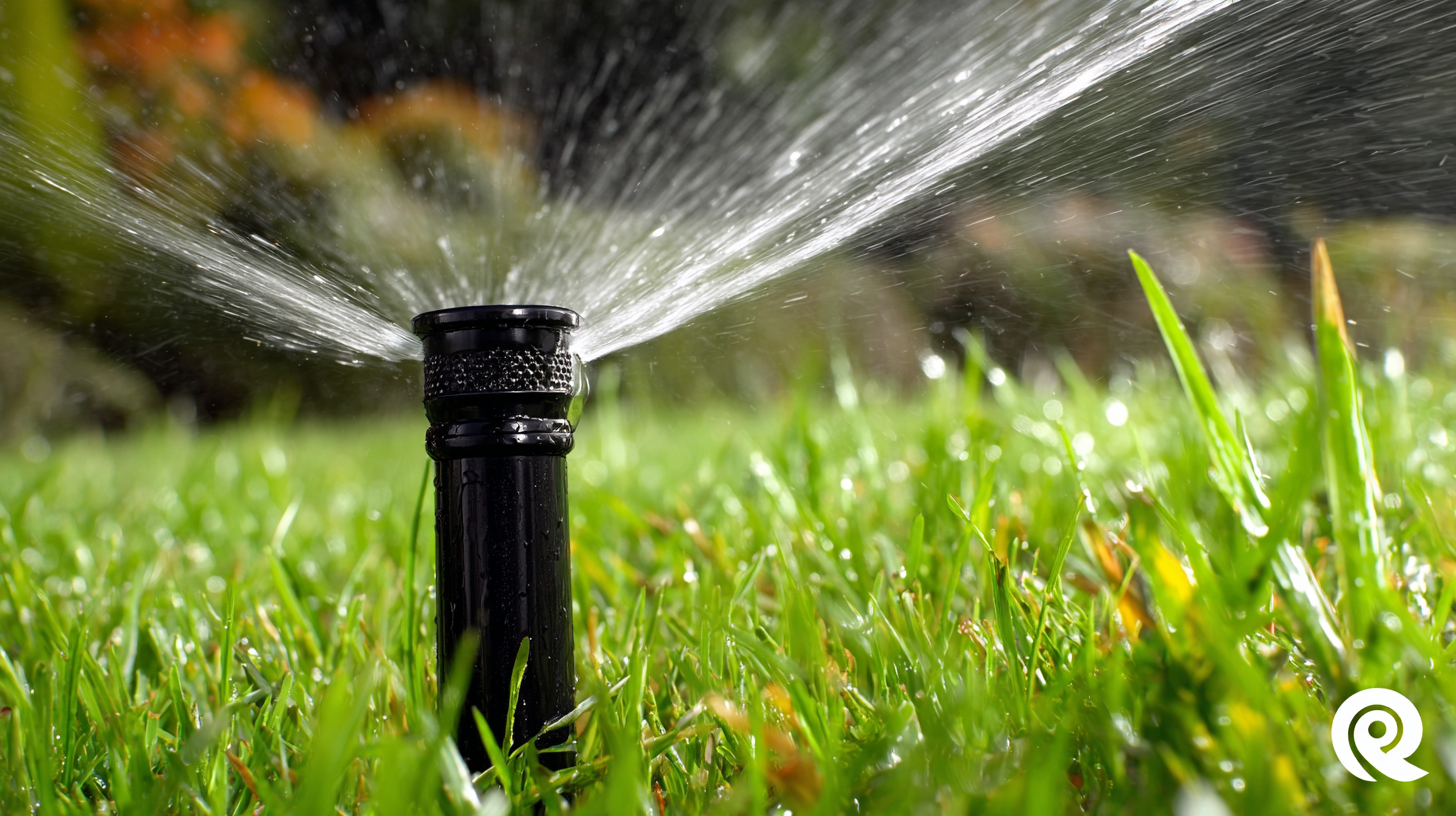Choosing the right irrigation system is crucial for maintaining a healthy and vibrant landscape while simultaneously conserving water. One of the most effective tools available is the rotating sprinkler, which delivers a fine spray and distributes water evenly across your lawn and garden. In this tutorial, we will explore the key factors to consider when selecting the best rotating sprinkler for your specific needs. From understanding the differences in sprinkler types to evaluating their coverage areas and water efficiency ratings, this guide will provide you with valuable insights into optimizing your irrigation practices. With the right rotating sprinkler in place, you can ensure that your plants receive the right amount of water without excessive waste, promoting both lush growth and environmental sustainability.

When it comes to irrigation, selecting the right rotating sprinkler can significantly enhance water conservation and efficiency. Rotating sprinklers come in various types, each designed to cater to specific garden shapes and sizes. For instance, impact sprinklers work exceptionally well for large areas, delivering a strong throw of water across extensive lawns. In contrast, gear-driven models offer a quieter alternative, with adjustable spray patterns perfect for smaller gardens. Understanding these nuances helps in making an informed choice that aligns with your watering needs.
Here are a few tips to consider when choosing a rotating sprinkler: First, assess your garden’s layout; a sprinkler with adjustable ranges can accommodate different plant types and spacing. Second, check the nozzle options; nozzles with varying sizes can provide customized coverage based on your garden's requirements. Lastly, consider the sprinkler's durability and maintenance needs; investing in a high-quality model can lead to long-term savings and reduced water waste. By understanding the different types of rotating sprinklers available, you can maximize your irrigation efficiency while promoting water conservation in your garden.

When selecting the best rotating sprinkler for optimal irrigation efficiency and water conservation, it's crucial to focus on key features that enhance performance. First, consider the sprinkler's adjustment capabilities. Look for models that offer adjustable spray patterns and radius settings, allowing you to customize the water distribution according to your landscape needs. This flexibility not only conserves water by targeting specific areas but also reduces runoff and overwatering.
Another essential feature is the sprinkler's coverage area. High-performance rotating sprinklers should cover large spaces evenly, utilizing advanced technology to ensure that water reaches all corners of your garden or lawn. Additionally, choose models equipped with features such as wind resistance and clog-resistant nozzles. These enhancements ensure consistent water delivery in various environmental conditions while minimizing maintenance efforts. By focusing on these key features, you can achieve effective irrigation that promotes water conservation and nurtures your outdoor space efficiently.
| Feature | Description | Benefits |
|---|---|---|
| Adjustable Spray Range | Allows you to customize the distance the water is sprayed. | Maximizes coverage while minimizing water wastage. |
| Rotating nozzles | Nozzles that rotate for a more even water distribution. | Improves irrigation efficiency and prevents dry spots. |
| Durable Materials | Made of high-quality, weather-resistant materials. | Ensures longevity and reliability in various weather conditions. |
| Water Pressure Compatibility | Works efficiently in a range of water pressure levels. | Versatile performance for different water source systems. |
| Ease of Installation | Simple setup procedure for quick operational readiness. | Saves time and effort during installation. |
| Customizable Time Settings | Allows users to set specific irrigation times. | Helps in water conservation by avoiding excess watering. |
When selecting a rotating sprinkler, one must understand that its design significantly affects irrigation effectiveness. Research from the American Society of Agricultural and Biological Engineers (ASABE) indicates that the application efficiency of sprinkler systems can be as high as 90%, but this varies dramatically depending on sprinkler type and condition. For instance, rotating sprinklers utilize a series of rotating arms to distribute water evenly, which minimizes evaporation and runoff, leading to marked improvements in water conservation.
Moreover, a study conducted by the Irrigation Association showed that optimizing sprinkler design can reduce water usage by up to 25% without compromising crop yield. Sprinklers designed with adjustable spray patterns and distance settings allow users to tailor irrigation delivery according to specific landscape needs, ensuring adequate coverage while preventing over-irrigation. Advanced features such as integrated weather sensors and timers also enhance system efficiency, reducing the need for manual adjustments and ensuring that water is applied only when necessary. These innovations underline the importance of choosing the right rotating sprinkler for maximizing irrigation effectiveness and promoting sustainable water use.
Rotating sprinklers are an essential consideration for those looking to enhance irrigation efficiency while promoting water conservation. According to the U.S. Environmental Protection Agency (EPA), landscape irrigation accounts for approximately 30% of residential water use, and improperly managed systems can waste up to 50% of that water. By employing rotating sprinklers, which apply water more gradually and uniformly compared to traditional spray heads, homeowners can significantly reduce water waste and ensure that every drop counts.
Research indicates that rotating sprinklers can deliver up to 50% greater water efficiency than conventional spray systems. This efficiency is largely due to their ability to cover larger areas with a steady and even distribution of water, minimizing runoff and deep percolation. The WaterSense program, a partnership sponsored by the EPA, endorses various rotating sprinkler products that meet rigorous water efficiency criteria, providing consumers with eco-friendly options for irrigation. By choosing quality rotating sprinklers, individuals not only support sustainable landscaping but also contribute to broader water conservation efforts that are becoming increasingly critical in the face of climate change and resource depletion.
Maintaining your rotating sprinkler is essential for achieving optimal irrigation efficiency and conserving water. Regular maintenance not only ensures the longevity of your device but also enhances its performance. According to the Irrigation Association, improper maintenance can lead to up to 30% water loss, significantly impacting both your water bill and environmental sustainability.
One crucial tip is to inspect your sprinkler heads regularly; dirt and debris can clog the nozzles, resulting in uneven watering. Cleaning your sprinkler heads at least once per season will help ensure consistent coverage.
Another aspect of maintenance involves checking the alignment and movement of your rotating sprinkler. Uneven placement or obstructions can cause water waste by allowing water to spray onto sidewalks or driveways instead of your garden. The U.S. Environmental Protection Agency (EPA) suggests that properly installed and maintained irrigation systems can reduce water usage by 15-20%.
Periodically testing the range and trajectory of your sprinkler can maximize water efficiency. Remember to adjust the settings based on seasonal changes in plant water needs, further optimizing your water conservation efforts.

